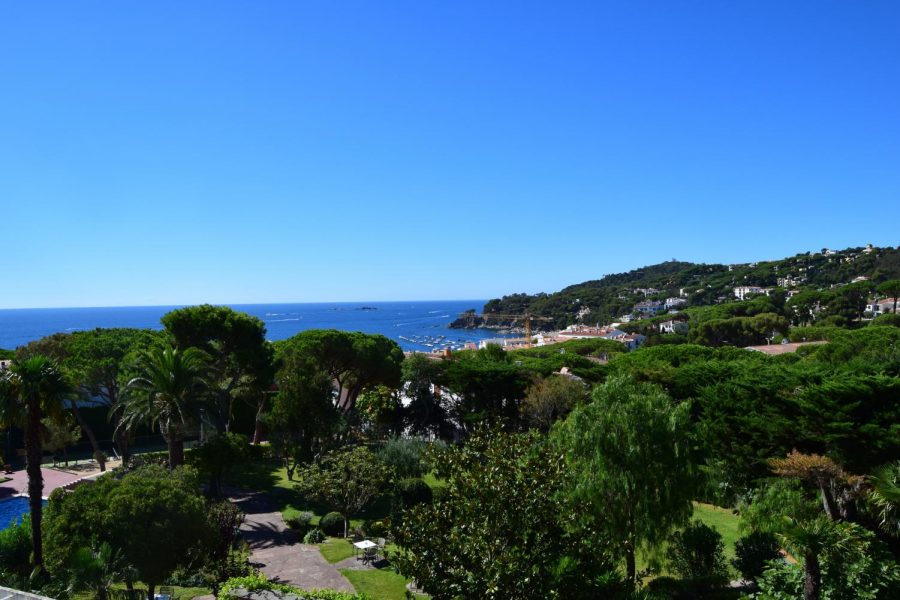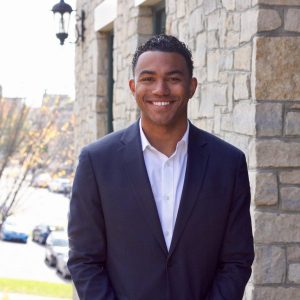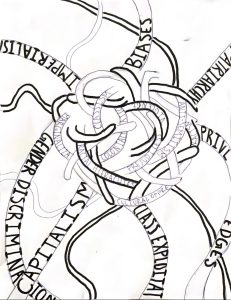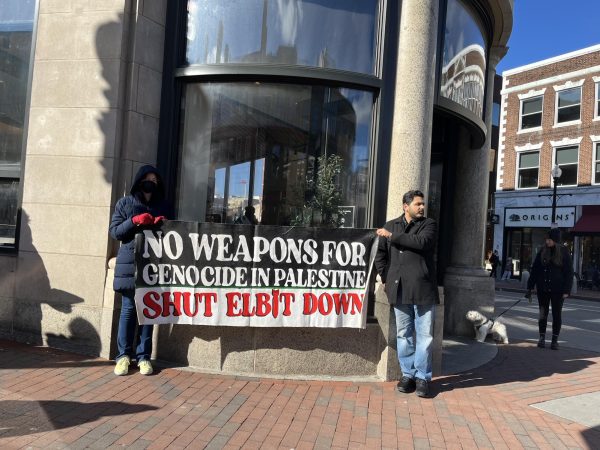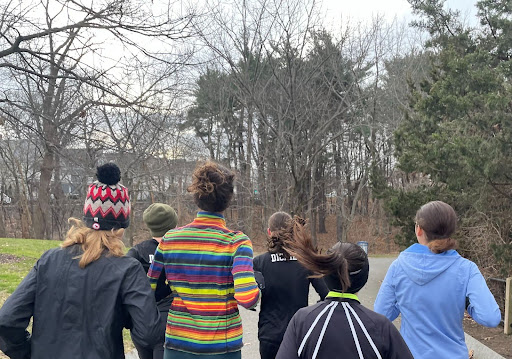Referendum in Catalonia
Palafrugell (pictured) is a city in Catalonia located on the coast of Spain.
October 30, 2017
On October 1st, 2017, over two million Catalans took to the polls to decide the fate of their autonomous community. Catalonia, one of Spain’s seventeen regions, has had a long history of self-identity and a distinct culture that has distinguished itself from neighboring communities. Although Catalonia has been part of a unified Spain since the 15th century, independence sentiments among Catalans have increased in recent years.
Language has played a role in causing these sentiments. Catalan, the official language of the region, is spoken by 75% of the population, but its use was widely oppressed during the rule of dictator Francisco Franco from 1939 to 1975. In addition, recent Spanish court rulings have further limited its use in public schools.
CRLS Spanish teacher Ms. Madden acknowledged the influence saying, “For Catalans, their language is very much a part of their identity. Language has that effect in general. Even in our school, for example, Spanish speakers identify themselves based on where they are from and the dialects they speak, not just the overall Spanish language.”
Catalonia is also one of Spain’s wealthiest regions, accounting for 25% of the country’s exports. Furthermore, independence leaders point to the statistic that the region contributes $11.8 billion more Euros than it gets back from the central government.
When asked for his thoughts regarding the economic situation in Spain, junior Max Mian, a native of Barcelona, said, “I’m pretty neutral about independence. I believe that even though Catalonia is sort of in a crisis and needs money to support itself, I’m also conscious that Spain is in a bigger crisis and that they need as much help as they can get. We shouldn’t be breaking up and thinking only about ourselves … We should come together and act as one big unit.”
Leading up to the vote, tensions were high on both sides as an impassioned Catalan parliament went ahead with the vote in the face of the Spanish central government’s official condemnation. In September, a Spanish court deemed the referendum illegal under the 1978 Spanish Constitution, and the federal government responded with a police crackdown, sending 4,000 officers from all over the country into the region.
In preparation for the referendum, Spanish prosecutors instructed national police to confiscate ballot boxes, destroy propaganda flyers, and arrest multiple pro-independence leaders. Catalan president Carles Puigdemont was outraged, saying, “Spain has de facto suspended the self-government of Catalonia and has applied a de facto state of emergency.”
In spite of federal government intervention, voting continued with the use of 6,000 secret polling locations. On the day of the vote, Catalans picked up a ballot that read “Do you want Catalonia to become an independent state in the form of a republic?” and listed the options of “Yes” or “No.”
The vote saw 92% of Catalans in favor of secession. The result of the referendum is still in contention, as the world looks to Catalonia for what will happen next. According to a representative of the Catalan government, at least 750,000 votes were unable to be counted as polling locations were closed by federal police. Police also responded with violence—900 people were reported injured as authorities tried to stop the vote.
The situation has left many foreign government leaders wishing to remain uninvolved, with countries including the United States, France, the United Kingdom, China, and Germany calling the dispute an “internal affair.”
With the Spanish government officially declining to acknowledge the results of the referendum vote—both before and after voting had finished—many eyes are on the region now to see whether peaceful dialogue will be the result of the referendum, or whether Puigdemont will take more severe action.
This piece also appears in our October print edition.

